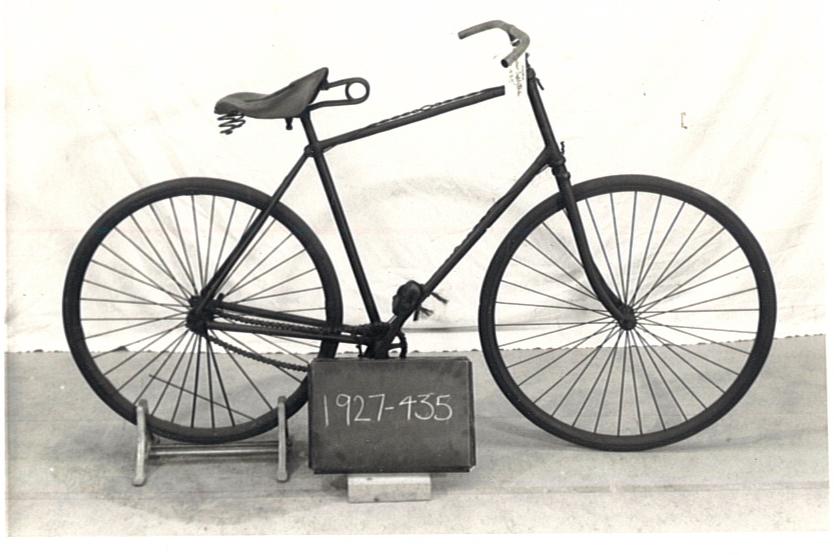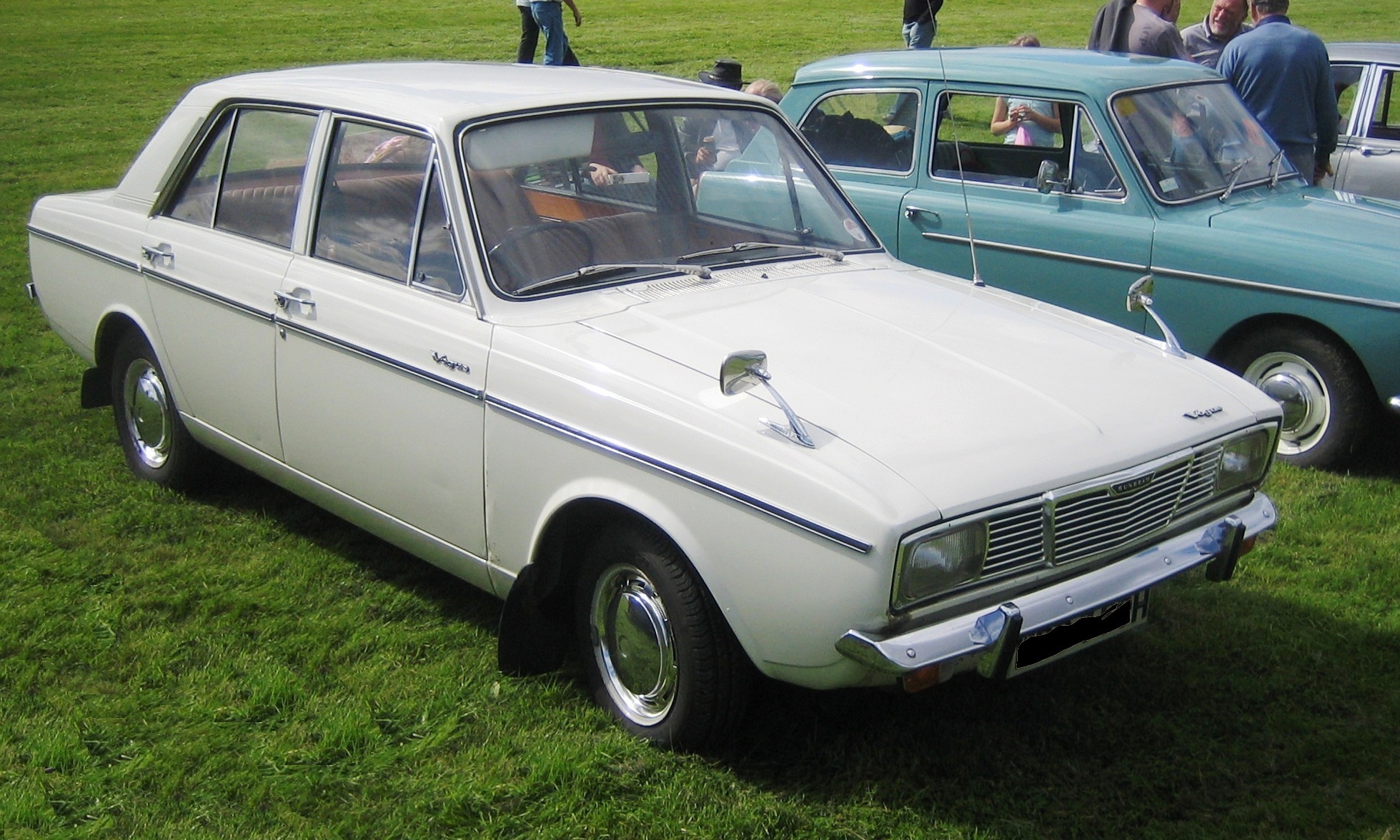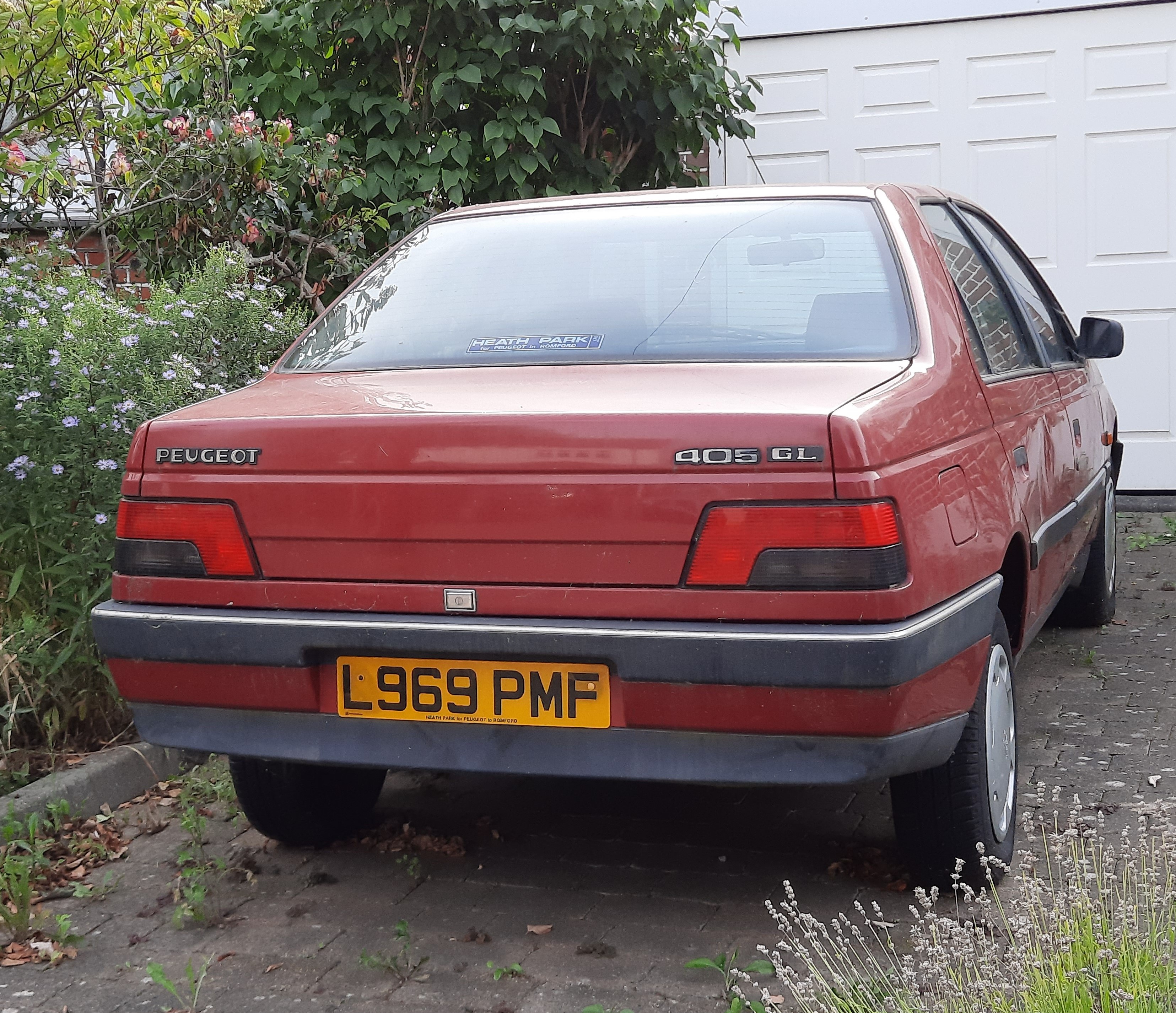|
Humber Sceptre
The Humber Sceptre is an automobile which was produced in the United Kingdom from 1963 to 1976 by Humber. MK I (1963 to 1965) The Humber Sceptre MK I, introduced in 1963, was a luxury car based on the Hillman Super Minx. It featured a unique roof, glass and upper/rear bodywork not shared with the Super Minx or the related Singer Vogue. The Sceptre was originally intended as a four-door replacement for the Sunbeam Rapier, but was launched as a Humber, while the Rapier continued in production with little modification until 1967. This resulted in the Sceptre's more sporty character compared to traditional Humbers. The Sceptre was positioned at the top of the mid-range Rootes Group cars, above the Hillman Super Minx and Singer Vogue. It featured similar twin headlight styling to the Vogue and a more powerful version of the Minx engine. The high level of equipment included disc front brakes, overdrive, screen washers, reversing lamp, rev counter and a full range of instruments. A ... [...More Info...] [...Related Items...] OR: [Wikipedia] [Google] [Baidu] |
Humber Limited
Humber Limited was a British manufacturer of bicycles, motorcycles, and cars incorporated and listed on the stock exchange in 1887. It took the name "Humber & Co Limited" because of the high reputation of the products of one of the constituent businesses that had belonged to Thomas Humber. A financial reconstruction in 1899 transferred its business to Humber Limited. From an interest in motor vehicles beginning in 1896, the motor division became much more important than the cycle division and the cycle trade marks were sold to Raleigh in 1932. The motorcycles were withdrawn from sale during the depression of the 1930s. Humber is now a dormant marque for automobiles as well as cycles. Following their involvement in Humber through Hillman in 1928 the Rootes brothers acquired 60 per cent of Humber's ordinary capital, sufficient for a controlling interest. The two Rootes brothers joined the Humber board in 1932 and began to make Humber the holding company for vehicle manufacturing ... [...More Info...] [...Related Items...] OR: [Wikipedia] [Google] [Baidu] |
Rootes Arrow
Rootes Arrow was the manufacturer's name for a range of cars produced under several badge-engineered marques by the Rootes Group (later Chrysler Europe) from 1966 to 1979. It is amongst the last Rootes designs, developed with no influence from future owner Chrysler. The range is almost always referred to by the name of the most prolific model, the Hillman Hunter. A substantial number of separate marque and model names were applied to this single car platform. Some were given different model names to justify trim differences (Hillman GT, Hillman Estate Car) and, from time to time, models were sold in some European markets under the Sunbeam marque (Sunbeam Sceptre for instance), and at other times used UK marque/model names. Singer Gazelle and Vogue models were also sold in the UK for one season badged as Sunbeams after the Singer brand was withdrawn. The models sold – not all concurrently – were, alphabetically by marque: * Chrysler Hunter, Chrysler Vogue * Dodge Husky * Hillm ... [...More Info...] [...Related Items...] OR: [Wikipedia] [Google] [Baidu] |
Rear-wheel-drive Vehicles
Rear-wheel drive (RWD) is a form of engine and transmission layout used in motor vehicles, in which the engine drives the rear wheels only. Until the late 20th century, rear-wheel drive was the most common configuration for cars. Most rear-wheel drive vehicles feature a longitudinally-mounted engine at the front of the car. Layout The most common layout for a rear-wheel drive car is with the engine and transmission at the front of the car, mounted longitudinally. Other layouts of rear-wheel drive cars include front-mid engine, rear-mid engine, and rear-engine. Some manufacturers, such as Alfa Romeo, Lancia, Porsche (944, 924, 928) and Chevrolet (C5, C6, and C7 Corvettes), place the engine at the front of the car and the transmission at the rear of the car, in order to provide a more balanced weight distribution. This configuration is often referred to as a transaxle since the transmission and axle are one unit. History 1890s to 1960s Many of the cars built in the 19t ... [...More Info...] [...Related Items...] OR: [Wikipedia] [Google] [Baidu] |
1970s Cars
Year 197 ( CXCVII) was a common year starting on Saturday (link will display the full calendar) of the Julian calendar. At the time, it was known as the Year of the Consulship of Magius and Rufinus (or, less frequently, year 950 ''Ab urbe condita''). The denomination 197 for this year has been used since the early medieval period, when the Anno Domini calendar era became the prevalent method in Europe for naming years. Events By place Roman Empire * February 19 – Battle of Lugdunum: Emperor Septimius Severus defeats the self-proclaimed emperor Clodius Albinus at Lugdunum (modern Lyon). Albinus commits suicide; legionaries sack the town. * Septimius Severus returns to Rome and has about 30 of Albinus's supporters in the Senate executed. After his victory he declares himself the adopted son of the late Marcus Aurelius. * Septimius Severus forms new naval units, manning all the triremes in Italy with heavily armed troops for war in the East. His soldiers embark on an ... [...More Info...] [...Related Items...] OR: [Wikipedia] [Google] [Baidu] |
Cars Introduced In 1963
A car or automobile is a motor vehicle with wheels. Most definitions of ''cars'' say that they run primarily on roads, seat one to eight people, have four wheels, and mainly transport people instead of goods. The year 1886 is regarded as the birth year of the car, when German inventor Carl Benz patented his Benz Patent-Motorwagen. Cars became widely available during the 20th century. One of the first cars affordable by the masses was the 1908 Model T, an American car manufactured by the Ford Motor Company. Cars were rapidly adopted in the US, where they replaced animal-drawn carriages and carts. In Europe and other parts of the world, demand for automobiles did not increase until after World War II. The car is considered an essential part of the developed economy. Cars have controls for driving, parking, passenger comfort, and a variety of lights. Over the decades, additional features and controls have been added to vehicles, making them progressively more complex. These i ... [...More Info...] [...Related Items...] OR: [Wikipedia] [Google] [Baidu] |
Humber Vehicles
The Humber is a large tidal estuary on the east coast of Northern England. It is formed at Trent Falls, Faxfleet, by the confluence of the tidal rivers Ouse and Trent. From there to the North Sea, it forms part of the boundary between the East Riding of Yorkshire on the north bank and North Lincolnshire on the south bank. Although the Humber is an estuary from the point at which it is formed, many maps show it as the River Humber. Below Trent Falls, the Humber passes the junction with the Market Weighton Canal on the north shore, the confluence of the River Ancholme on the south shore; between North Ferriby and South Ferriby and under the Humber Bridge; between Barton-upon-Humber on the south bank and Kingston upon Hull on the north bank (where the River Hull joins), then meets the North Sea between Cleethorpes on the Lincolnshire side and the long and thin headland of Spurn Head to the north. Ports on the Humber include the Port of Hull, the Port of Grimsby and the P ... [...More Info...] [...Related Items...] OR: [Wikipedia] [Google] [Baidu] |
Talbot (automobile)
Talbot was an automobile marque introduced in 1902 by English-French company Clément-Talbot. The founders, Charles Chetwynd-Talbot, 20th Earl of Shrewsbury and Adolphe Clément-Bayard, reduced their financial interests in their Clément-Talbot business during the First World War. Soon after the end of the war, Clément-Talbot was brought into a combine named STD Motors. Shortly afterward, STD Motors' French products were renamed Talbot instead of Darracq. In the mid-1930s, with the collapse of STD Motors, Rootes bought the London Talbot factory and Antonio Lago bought the Paris Talbot factory, Lago producing vehicles under the marques Talbot and Talbot-Lago. Rootes renamed Clément-Talbot Sunbeam-Talbot in 1938, and stopped using the brand name Talbot in the mid-1950s. The Paris factory closed a few years later. Ownership of the marque came by a series of takeovers to Peugeot, which revived use of the Talbot name from 1978 until 1994. [...More Info...] [...Related Items...] OR: [Wikipedia] [Google] [Baidu] |
Simca
Simca (; Mechanical and Automotive Body Manufacturing Company) was a French automaker, founded in November 1934 by Fiat S.p.A. and directed from July 1935 to May 1963 by Italian Henri Pigozzi. Simca was affiliated with Fiat and, after Simca bought Ford's French subsidiary, became increasingly controlled by Chrysler. In 1970, Simca became a brand of the Chrysler's European business, ending its period as an independent company. Simca disappeared in 1978, when Chrysler divested its European operations to another French automaker, PSA Peugeot Citroën. PSA replaced the Simca brand with Talbot after a short period when some models were badged as Simca-Talbots. During most of its post-war activity, Simca was one of the biggest automobile manufacturers in France. The Simca 1100 was for some time the best-selling car in France, while the Simca 1307 and Simca Horizon won the coveted European Car of the Year title in 1976 and 1979, respectively—these models were badge engineered as prod ... [...More Info...] [...Related Items...] OR: [Wikipedia] [Google] [Baidu] |
Peugeot
Peugeot (, , ) is a French brand of automobiles owned by Stellantis. The family business that preceded the current Peugeot companies was founded in 1810, with a steel foundry that soon started making hand tools and kitchen equipment, and then bicycles. On 20 November 1858, Émile Peugeot applied for the lion trademark. Armand Peugeot (1849–1915) built the company's first car steam tricycle, in collaboration with Léon Serpollet in 1889; this was followed in 1890 by an internal combustion car with a Panhard- Daimler engine. The Peugeot company and family are originally from Sochaux. Peugeot retains a large manufacturing plant and Peugeot museum there. In February 2014, the shareholders agreed to a recapitalisation plan for the PSA Group, in which Dongfeng Motors and the French government each bought a 14% stake in the company. Peugeot has received many international awards for its vehicles, including six European Car of the Year awards. Peugeot has been involved suc ... [...More Info...] [...Related Items...] OR: [Wikipedia] [Google] [Baidu] |
Peugeot 605
The Peugeot 605 is an executive car produced by the French manufacturer Peugeot between 1989 and 1999, with a facelift in 1995. History The 605 was a saloon built on the same platform as the Citroën XM and was the successor to the critically well received, but slow selling, Peugeot 604, which went out of production four years earlier. The popular Peugeot 505 model was thus phased out in the end of the 1980s and beginning of the 1990s in favour of two cars, the large family car 405 and the executive car 605. Peugeot kept the estate version of the 505 in production until 1992, and had planned to replace it with an estate version of the 605, but this was eventually abandoned. The car was launched in July 1989 in left-hand drive form; a right-hand version was launched onto the British market during the first half of 1990. At the time of the original launch, only petrol engines were available. In April 1990, the turbodiesel followed, and the naturally aspirated diesel was adde ... [...More Info...] [...Related Items...] OR: [Wikipedia] [Google] [Baidu] |
Peugeot 405
The Peugeot 405 is a large family car released by the French automaker Peugeot in July 1987, and which continues to be manufactured under licence outside France, having been discontinued in Europe in 1997. It was voted European Car of the Year for 1988 by the largest number of votes in the history of the contest. About 2.5 million vehicles have been sold worldwide, both in LHD and RHD, as a saloon and estate. Inearly 2020, the 33-year production run of the Peugeot 405 was counted as the twentieth most long-lived single generation car in history."Survivors: The world's longest-living cars – Autocar Its appearance is similar to the |
Peugeot 205
The Peugeot 205 is a supermini (B-segment) car produced by the French manufacturer Peugeot from 1983 to 1999. It was declared "car of the decade" by ''CAR Magazine'' in 1990. It also won ''What Car?s Car of the Year for 1984. The 205 was introduced on 25 February 1983 as a replacemement for the Peugeot 104 and Talbot Samba, and ended production in 1998, to be replaced by the Peugeot 206. History Before the 205, Peugeot was considered the most conservative of France's "big three" car manufacturers, producing large saloons such as the 504 and 505, although it had entered the modern supermini market in 1973 with the Peugeot 104. The genesis of the 205 lay within Peugeot's takeover in 1978 of Chrysler's European divisions Simca and the former Rootes Group, which had the necessary expertise in making small cars including the Simca 1100 in France and Hillman Imp in Britain. It was around this time that Peugeot began to work on the development of a new supermini for the 1980s. It ... [...More Info...] [...Related Items...] OR: [Wikipedia] [Google] [Baidu] |
.jpg)








